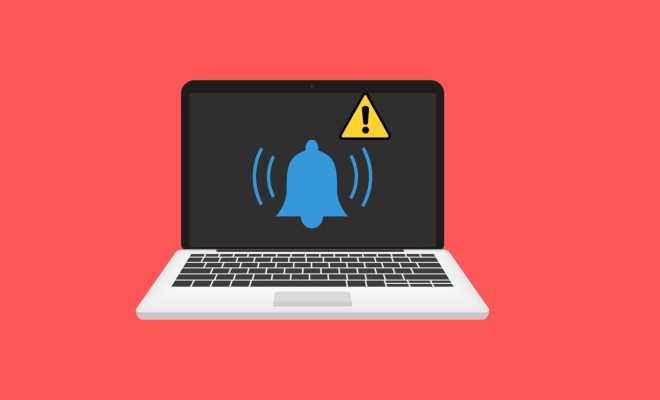What is last-mile technology?

In today’s era of technology, everyone wants to have access to the internet, and last-mile technology has made it possible for people and organizations to connect to the internet. The term “last-mile” refers to the final stage of the telecommunication or cable network that connects to the end-user, which could be a home, business, or any other location.
Last-mile technology is crucial for the delivery of high-speed internet services, as it allows providers to reach areas that were previously inaccessible due to geographical challenges or lack of infrastructure. Last-mile technology involves a variety of methods, including fiber optic technology, wireless technology, cable broadband, and satellite internet, among others.
One of the most popular forms of last-mile technology is fiber optic technology, which uses optical fibers to transport data at lightning speed. This technology is widely used in metropolitan areas where there is high population density and high internet traffic, and it has been instrumental in providing high-speed internet services to businesses and households.
Wireless technology is another popular form of last-mile technology that uses radio waves to transmit data. This technology is highly cost-effective and can be easily deployed in remote areas, making it ideal for providing internet services in areas with poor internet infrastructure.
Cable broadband is a type of last-mile technology that uses coaxial cables to transmit data. This technology is widely used in urban areas and is highly reliable, making it ideal for businesses that require high-speed internet connectivity.
Satellite internet is a form of last-mile technology that works by transmitting data to a satellite in space, which then transmits the data back to earth. This technology is highly suitable for people living in remote areas where other forms of last-mile technology are not available.
In conclusion, last-mile technology is crucial for the delivery of high-speed internet services to end-users. It allows providers to reach areas that were previously inaccessible, and offers a range of methods, including fiber optic technology, wireless technology, cable broadband, and satellite internet. Ultimately, last-mile technology has revolutionized the way we access the internet, making it more accessible and affordable to everyone.






